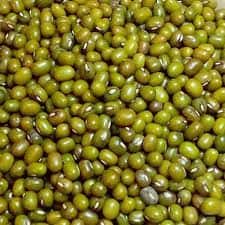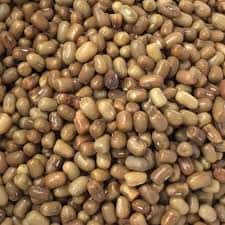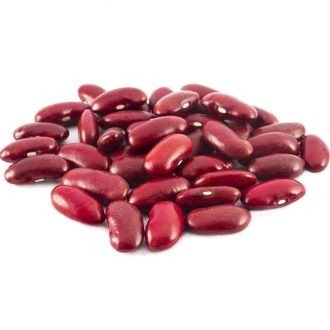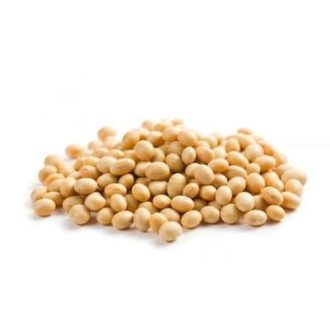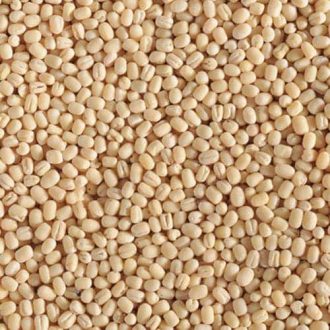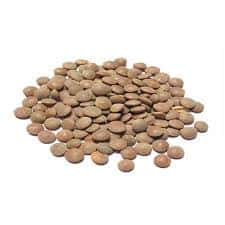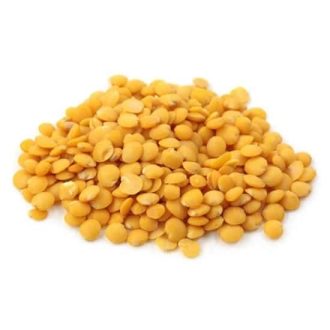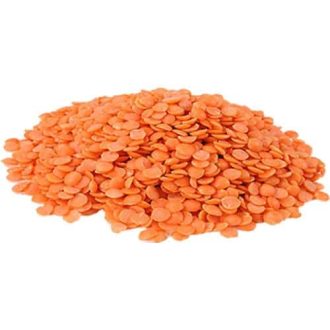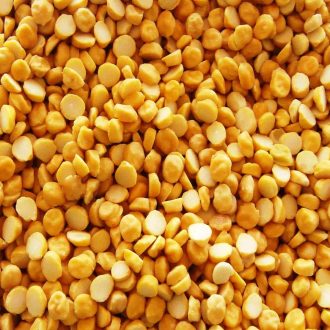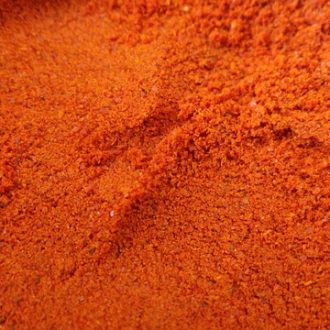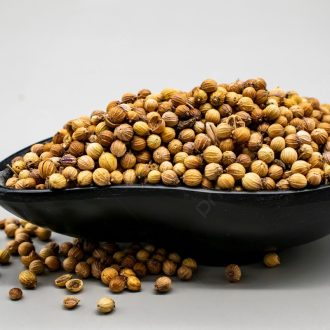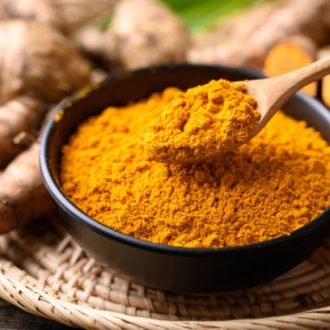Description
Ingredients
| Nutrients | Calories – 347 calories Total Carbohydrate 63 g Dietary fiber 16 g |
|---|---|
| Protein | 24g |
| Vitamins | Vitamin A Vitamin C Vitamin D Vitamin B6 |
| Minerals | Cobalamin Magnesium |
| Fat |
Greeen Gram, also known as mung beans, are a type of pulse (edible seeds of the legume family) cultivated for their edible seeds and sprouts. They are a nutritional powerhouse, packed with vitamins, minerals, and beneficial enzymes. Mung beans are widely used in both sweet and savory dishes, particularly in East, Southeast, and South Asia. .
- Legumes: Mung beans belong to the Fabaceae (pea or legume) family.
- Cultivation: They are primarily grown in Asia, including India, China, Korea, and Thailand.
- Uses: Mung beans are used whole, for sprouts, and in processed forms like flour.
- Rich in nutrients: They contain vitamins, minerals, and beneficial enzymes.
- Antioxidants: Mung beans are a source of antioxidants like vitamins C and E, which help boost the immune system.
- Dietary fiber: They are a good source of dietary fiber, promoting digestive health.
- Low-calorie: Mung beans are relatively low in calories and saturated fat.
- Cholesterol-free: They are cholesterol-free, making them a good choice for those watching their cholesterol intake.
- Low glycemic index: Mung beans have a low glycemic index, which can help regulate blood sugar levels.
- Sprouts: Mung bean sprouts are a popular ingredient in salads and stir-fries.
- Whole beans: They are used in soups, stews, and curries.
- Flour: Mung bean flour can be used in various recipes.
- Glass noodles: Mung bean starch is used to make glass noodles, a gluten-free and low-calorie pasta alternative.

